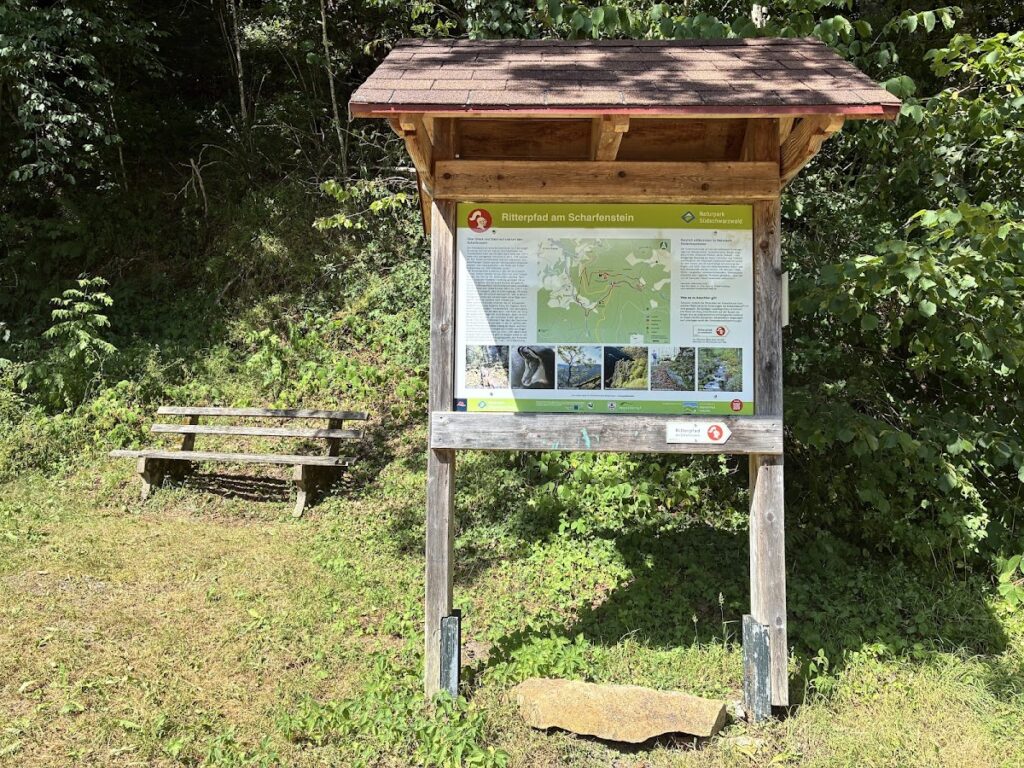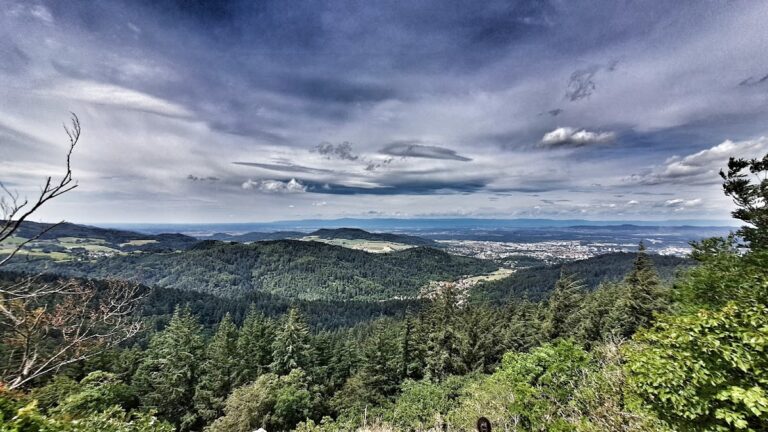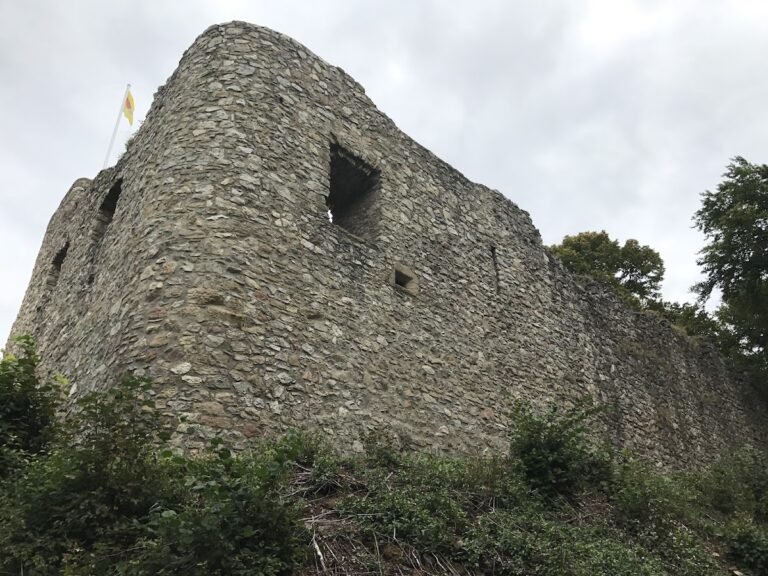Burg Scharfenstein: A Medieval Castle Ruin in Münstertal, Germany
Visitor Information
Google Rating: 3.5
Popularity: Very Low
Google Maps: View on Google Maps
Country: Germany
Civilization: Unclassified
Remains: Military
History
Burg Scharfenstein, situated in the municipality of Münstertal in present-day Germany, was constructed by the lords of Staufen during the early 13th century. The castle first appears in written records in 1267 as “castrum Scharphenstein,” although archaeological evidence suggests it was built around the year 1200. The lords of Staufen, who acted as vogts (stewards) and judicial officials for the nearby monastery of St. Trudpert from 1218, established the castle to strengthen their authority at a time when the towns of Staufen and Münster were developing.
This fortress occupied a strategic position at the eastern entrance to the Münstertal valley, playing a key role in safeguarding the local silver mines and controlling passage through the valley. Along with the counterpart Burg Staufen, which guarded the western valley entrance, Burg Scharfenstein formed an integral part of the region’s defensive network.
During the early 14th century, financial difficulties caused the Staufen family to relinquish portions of their rights and ownership of the castle. In 1325, they sold control to the monastery of St. Trudpert, and by 1330 further rights transferred to the House of Habsburg as well as the city of Freiburg. Rising tensions between the monastery and Freiburg, especially disputes over mining privileges and debts, culminated in armed conflict in 1346. Forces from Freiburg launched an assault on Burg Scharfenstein and the adjacent fortified mining town of Münster, resulting in the complete destruction of the castle.
After this attack, Burg Scharfenstein was never rebuilt. By 1480, records describe it as a ruin, or “Burgstall,” still under the auspices of the monastery of St. Trudpert. Its military and administrative functions ceased, marking the end of its role in the region’s history.
Remains
The ruins of Burg Scharfenstein lie atop a prominent rock formation at an elevation of 922 meters, consisting of three main rocky outcrops. The primary castle area is situated on the eastern plateau of this cluster, accessed today by a winding path along the northern slope, likely following the original gateway route. This path is reinforced by remnants of stone retaining walls that once supported the ascent.
Beneath the main summit, an elongated rocky terrace extends northeast and is interpreted as the forework or lower castle, containing an open courtyard. The northern edge of this terrace preserves a 7.5-meter-long wall built from irregular small blocks of finely cut stone known as ashlar. Stone steps from the terrace lead up to the large upper plateau of the castle. This main area is enclosed by outer walls roughly forming a right-angled trapezoid, approximately 35 meters in width on the north side and 38 meters on the south.
The castle’s breadth varies from a maximum of 13.5 meters on its eastern side, maintaining a near-constant width over 20 meters, and narrowing to about 8.5 meters at the western edge. Along the southern and western boundaries small fragments of delicately worked ashlar masonry are visible, attesting to skilled craftsmanship in the castle’s construction. On the northern edge of the main plateau, a notable segment of wall made from regularly shaped porphyry blocks—igneous rock quarried nearby—still stands, though only in fragmentary form.
Separating the main eastern rock from the smaller central rock is a deep fissure resembling a neck ditch, a defensive gap designed to isolate different parts of the stronghold. The middle rock shows no signs of former building activity. On the westernmost rock there exist remains of a square tower with internal dimensions around 2.7 meters across and walls approximately 1.7 meters thick, signifying a fortified lookout or defensive position.
Below this tower on the southern slope of the valley, two distinctive corner-like rock cuttings indicate where an 8.5-meter-wide retaining wall once stood. Only traces of this wall remain today, but they suggest efforts to secure the steep terrain. The slope itself gently descends southwest toward the Scharfenstein ridge, which features a small hollow carved into the rock midway along its length and a flattened rocky plateau near its end. This elevated point likely served as an advanced lookout post, possibly supporting wooden structures although no physical evidence of such construction survives.
Together, these archaeological remnants reveal a well-planned and robust medieval castle designed to command the surrounding landscape and protect vital economic resources. The combination of natural rock formations and carefully constructed stone walls illustrates how the builders adapted the site’s rugged terrain for defense.







